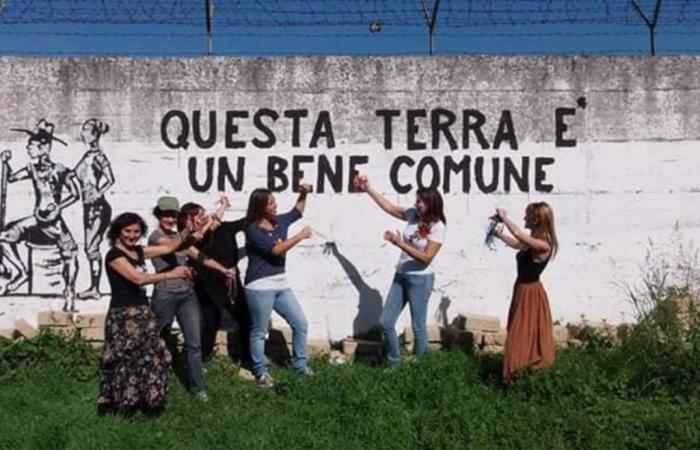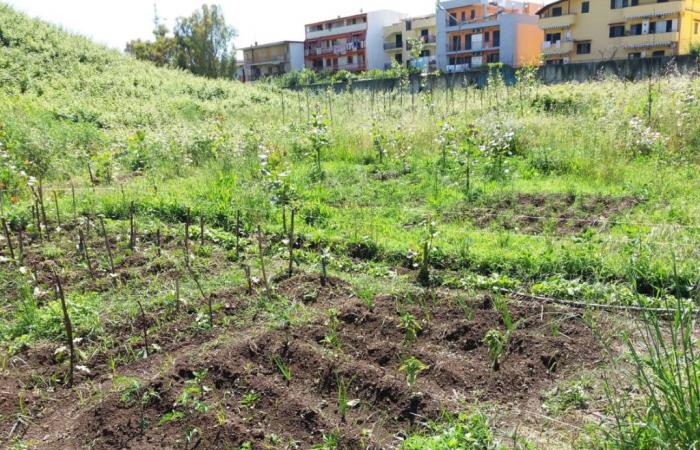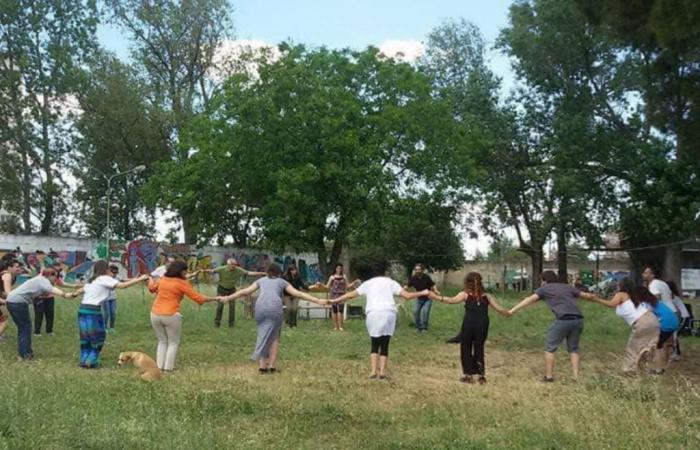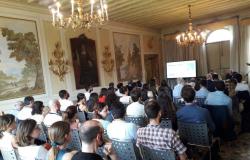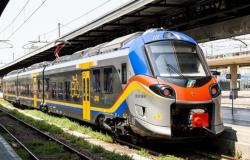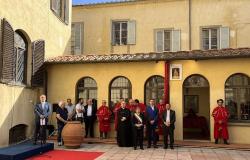Campania – A green space in a suburb suffocated by concrete has become the symbol of the resistance of citizens against the abandonment of the territory by institutions: this is the experience of Terranostra, born from the action of men and women determined to reclaim a space in their city left to neglect and speculation.
TERRANOSTRA: A GREEN LUNG REDEEMED BY ACTIVE CITIZENSHIP
We are in Casoria, in the northern suburbs of Naples. The former air force depot had been abandoned for years and used as an illegal landfill by the Municipality, when on 9 July 2015 a group made up of local collectives, activists and individuals decided to re-appropriate it, filling it with life. The gates of Terranostra opened for the first time to the neighborhood and the city and that green space became a place of social and cultural gathering.
The importance of a space similar to Casoria, one of the most concreted municipalities in Europe, is easy to understand. Terranostra was a breath of fresh air for the residents, a green place where they could spend time in company, where the youngest had space to play in the open air, where it was possible to find a cure for loneliness or shelter from the summer heat. It is no coincidence that the name “Terranostra” was chosen for that place which has never wanted to belong to a single group of people, but which was recovered with the aspiration of becoming a shared space, where anyone could give their contribution in the assembly.
SEVEN YEARS OF LIBERATION OF TERRANOSTRA
This liberated space was managed autonomously for seven years by multiple groups and people, even very different from each other in terms of age and interests, united however by the desire to make Terranostra a common good. There were those who cultivated urban gardens, orchards and poplar groves cared for collectively, those who danced hip hop, those who danced popular dances and every 24 June, during the night of San Giovanni, a party was organised. Terranostra also had a collective kitchen to accompany all moments of conviviality and sharing.
All this was achieved not without effort: in those seven years there were evictions, problems related to the lack of water and electricity and waste disposal. The women and men of Terranostra fought to obtain recognition of the right of civic and collective use, presenting their proposals many times over the years. A dialogue was sought with the administrations which was also achieved thanks to the interaction with the architecture department of the Federico II University.
RECOGNITION OF CIVIC AND COLLECTIVE USE
The tenacity and resistance of the Terranostra community have ensured that Casoria has become the second municipality in Italy to have recognition of civic and collective use within its regulations, a very important step towards a management model that goes beyond privatization and promotes inclusiveness and active participation of citizens.
By gaining legitimacy in the area, the space occupied by Terranostra has become an integral part of the local urban plan; the municipality of Casoria has in fact received funds from the PICS, the integrated sustainable cities planwhich decided to invest in reclaiming the area and creating a public park.
With the start of the works, the community had to leave the land that it had cared for for seven years and it did so with great pain. Although he was happy with the arrival of funds that would have allowed them to improve the place they loved so much, the joy was soon mixed with a strong feeling of loss: having to abandon Terranostra, which for seven years had been a second home for the Casoria community. , a place of care and well-being, was a heavy blow to take.
When they had to leave the land, the community tried to remain united, since the experience was now rooted in the territory and strong bonds had been created between the people who had lived it with such intensity. Without land and without a place to meet, the association was in danger of dissolving, so it was decided to find a small space in the center of Casoria where we can continue to create opportunities for discussion, exchange and sociality.
At Senza Terra – this is the new name – the dance courses, workshops and discussion spaces continue. The last event organized was Albe Ribelli, a series of meetings aimed at raising awareness among citizens of the importance of protecting urban greenery. In short, the determination to keep the spirit of Terranostra alive has remained intact and the desire to return to managing the space as a community is still very strong. The hope is that the gates will reopen by this summer and that the land will finally come alive with cultural and social activities again.
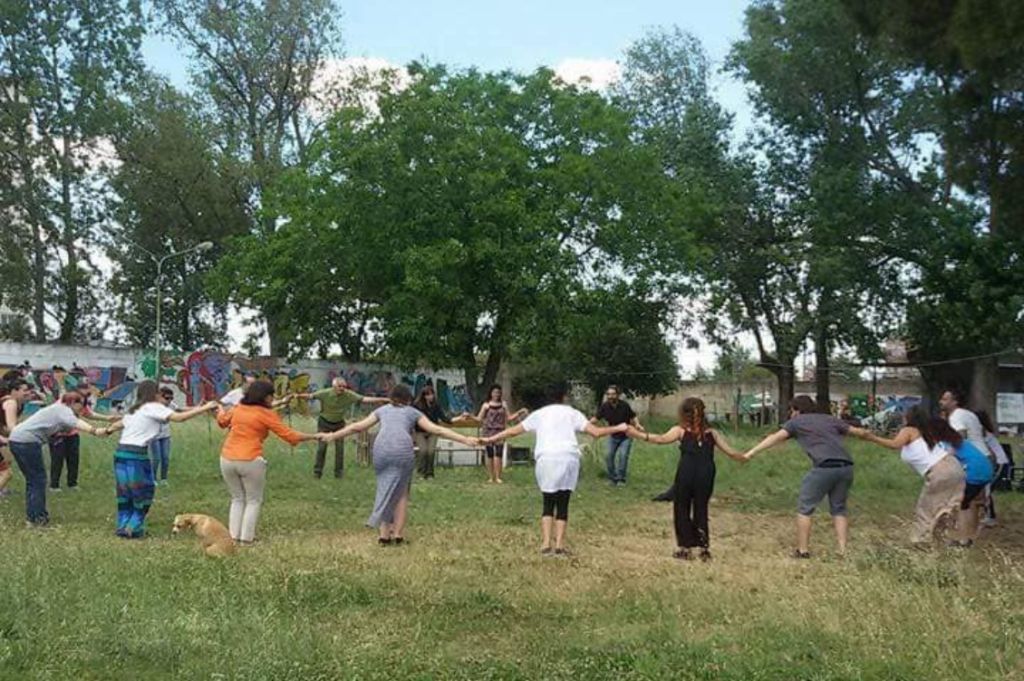
A REPLICABLE MODEL
Many Senza Terra workshops aim precisely to train citizens on what common goods are and on their civic and collective use, because that of Terranostra represents a bottom-up management model that could be replicated in other parts of the city, allowing us to overcome many obstacles that public management alone cannot overcome. Even more than the assignment of land, the Terranostra community was interested in recognizing people’s right to self-manage certain places in the city.
Because the recognition of the right of civic and collective use opens the way to new forms of participatory management, making people active protagonists of the spaces of their city, of their future and of their lives. Even just being responsible for a small space such as land or a garden can mean a lot. And this is the example that the Terranostra experience would like to spread not only in the city of Naples, but throughout Italy.

